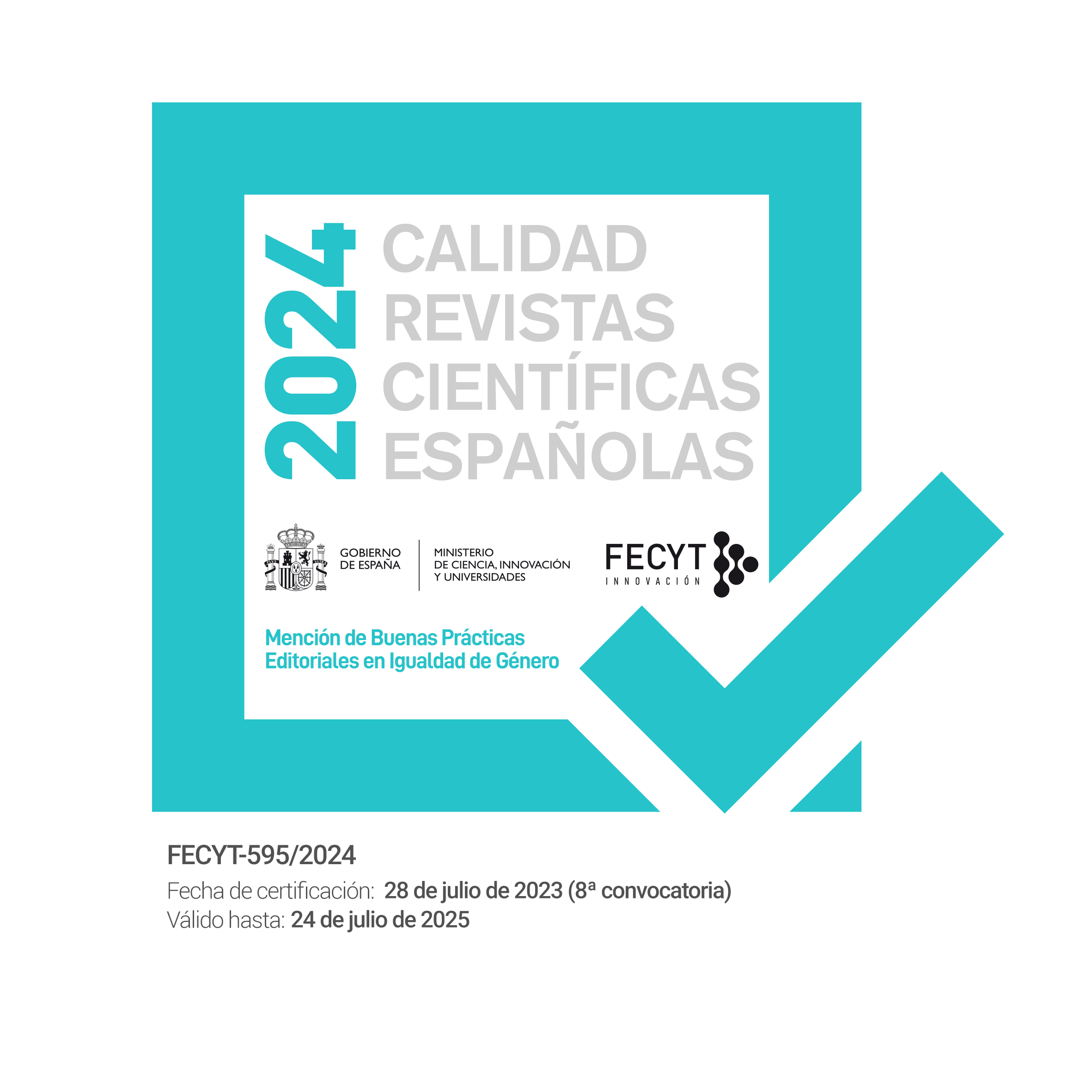Fall Injuries In Older Adults in a USA-Mexico Border Community: Personal Characteristics, Fall Event and Emergency Medical System Utilization
DOI:
https://doi.org/10.15257/ehquidad.2015.0001Palabras clave:
Hispanics Older adults, Falls, Injuries, Emergency Medical System (EMS), Multidisciplinary ResearchResumen
Unintentional falls are a major problem affecting the lives of older adults and considered a public health issue likely to escalate as the older adult population, 60 years old and older, grow exponentially. One out of every three older adults fall yearly with escalating severity of injury with each occurrence and it is the fourth leading cause of death and the most common cause of injury-related hospitalization. Older adults who sustain a fall injury find the need for immediate medical help and activate the emergency system where care is provided by Emergency Medical Services (EMS) whose immediate care influences injury outcome. A 12 month retrospective, quantitative study of unintentional fall injury related responses by EMS in El Paso, Texas was analyzed to determine personal characteristics, fall event, and resulting injury of older adults who received EMS care and ambulance transport to Emergency Department (ED). Majority of participants were Hispanic. Findings point to gender differences in males and females. Females had greater representation, were older than males, and had higher percentage of indoor falls that occurred in daytime, more hip and lower limb injuries but less acuity of injury as compared to males. Males fell outside and during the night more frequently, sustained more head injuries and had greater injury acuity level. This study provides a snap shot of injurious falls and the utilization impact in EMS and opens the forum for asking significant questions to further evaluate the multifactorial components of fall injuries and initiate multidisciplinary health prevention strategies at the most opportune time to create greatest impact. This is a perfect opportunity for social workers and other health care team member to work together and find solutions to this daunting problem.













